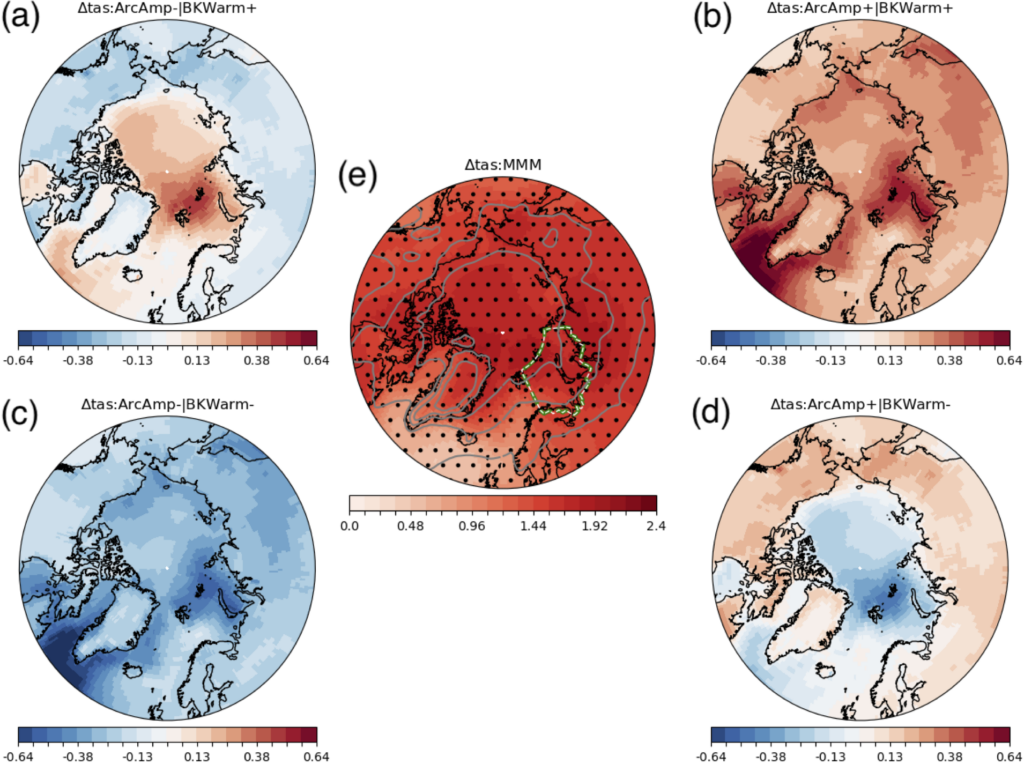Permafrost Thaw
Permafrost thaw will lead to considerable economic and social costs for Arctic communities as well as significant risks to the surrounding environment.
Permafrost is a key element of the cryosphere, which dominates a quarter of the land area in the northern hemisphere. Various biomes exist in the permafrost zone that provide natural habitat, resources, and services, such as salmon, reindeer, parks and recreation, and even lives and activities of indigenous people. Widespread thawing of permafrost is expected in a warmer future climate and modelling studies suggest large-scale degradation of near-surface permafrost at the end of 21st century. Rapid changes in permafrost landscapes are, in particular, accelerated by the melting of excess ground ice and the formation of thermokarst, land surface subsidence created as a result of ice-rich permafrost.
Nearly 5 million people live in the areas affected by permafrost. The economies of the Arctic are based on raw material exports, fish, minerals, energy, and new activities, such as tourism, which require infrastructure such as supply roads, pipelines, fuel storage, airports, houses and other buildings to be constructed on highly sensitive frozen ground. The safety of this infrastructure is directly dependent on the thermal stability of the underlying and surrounding permafrost. Permafrost thaw entails unexpected and immediate degradation of such infrastructure and considerable costs related to adapting or reconstructing, in order to cope with changing environmental conditions. The migration of communities who inhabit areas susceptible to permafrost thaw is also inevitable, given the challenges they will face with the climate crisis, leading to considerable economic costs and additional risks to the environment.
Apart from infrastructure, permafrost sustains natural systems, including habitats and natural resources. Concurring evidence from recent studies suggests that permafrost landscapes will undergo significant transformations, and, inevitably, pose risks to Arctic societies and human infrastructure.

Storylines
The final storylines will be selected based on their impact on certain environmental risks, such as permafrost thaw. In this section you will find how one of our Arctic storylines impacts permafrost thaw and what this means for the Arctic environment and communities.
Our storylines suggest strong modulation in the rate of permafrost thawing, with cooler land surface temperature in storylines A and C likely associated with less extensive permafrost thawing than in the storylines B and D where intense land warming is found. Permafrost modellers will use the state-of-the-art land surface model to make first-order simulations of permafrost thaw, associated ground subsidence and degradation, for one of our storylines. These simulations of permafrost thaw, using land surface models, will allow us to understand the timing and areas vulnerable to the state of the future climate. Using this information, we will be able to make suggestions for risk-assessment and policy-making.
